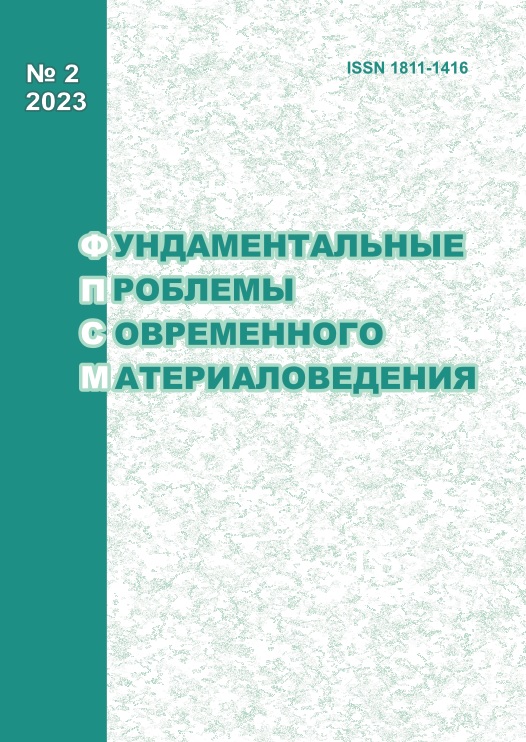STABILITY OF THE INTERNAL STRUCTURE OF SILVER NANOPARTICLES
10.25712/ASTU.1811-1416.2023.02.008
Keywords:
nanoclusters, silver, structure, FCC, icosahedra, amorphous structure, polymorphic transitions, computer simulation, molecular dynamics, tight bindingAbstract
By now, it has become clear that it is the shape and internal symmetry of nanoparticles that can significantly affect the amount of scattering and absorption of a light wave. Without the formation of a strong dipole, these effects in nanoparticles will be insignificant. Therefore, the main task of the study was to find the size limit at which silver nanoclusters with different initial morphology spontaneously change their structure to the fcc structure characteristic of a bulk material. To evaluate the results obtained by the molecular dynamics method using the TB-SMA strong binding potential, a study was made of the stability limits of structural modifications of silver nanoclusters with a diameter of 2.0-10.0 nm in order to determine the size limit of a possible thermally induced structural transition from the initial amorphous morphology to fcc phase. The data obtained were compared with the results of studies for Ag nanoparticles up to 2.0 nm in size with initial fcc and amorphous structure. It was shown that the size limit at which nanoclusters changed the initial amorphous structure to the fcc structure characteristic of bulk silver corresponds to a particle diameter of about 8.0-10.0 nm, above which, under normal conditions of physical synthesis methods, it is no longer possible to obtain a five-particle internal structure.











 Journal «Fundamental’nye problemy sovremennogo materialovedenia / Basic Problems of Material Science»
Journal «Fundamental’nye problemy sovremennogo materialovedenia / Basic Problems of Material Science» This work is licensed under a
This work is licensed under a 
